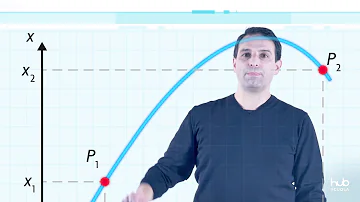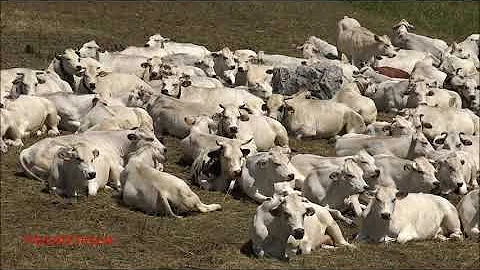Quanti alberi ci sono a Central Park?

Quanti alberi ci sono a Central Park?
| Central Park | |
|---|---|
| Indirizzo | Manhattan |
| Caratteristiche | |
| Tipo | Parco urbano |
| Superficie | 341 ettari (3,41 km²) |
Quanto è grande il Central Park a New York?
3.41 km² Central Park/Area
Come è nato Central Park?
Fu progettato dagli architetti paesaggisti Frederick Law Olmsted e Calvert Vaux che vinsero un concorso per migliorare ed espandere il parco con un progetto intitolato "Greensward Plan". La costruzione di Central Park iniziò lo stesso anno. La prima area del parco fu aperta al pubblico nell'inverno del 1858.
How many statues are in Central Park?
- Central Park is home to an important collection of more than 50 sculptures and monuments — out of 70 artworks — with many of them commemorating famous figures or historical events. Arguably the most popular statue in the Park is of Balto, the famed Alaskan sled dog that battled blizzard conditions to deliver medicine to children in Nome, Alaska.
What is Central Park known for?
- Central Park is home to an important collection of more than 50 sculptures and monuments, with many of them commemorating famous figures or historical events. Arguably the most popular statue in the Park is of Balto, the famed Alaskan sled dog that battled blizzard conditions to deliver medicine to children in Nome, Alaska.
What is the story behind the statue in Central Park?
- It is made of bronze, and was cast in Paris, France in 1850 and was placed in the park in 1863. The sculpture was donated by Gordon Webster Burnham, who also donated the statue of Daniel Webster, as well as statues in other cities. The monument depicts a goat, wedged accidentally between two rocks, which is about to be devoured by two eagles.
Who created the Balto statue in Central Park?
- The sculpture was created by Frederick George Richard Roth, and placed in the park in 1925. Like so many other monuments in the park, it's made of bronze, and it was donated to the park by the Balto Monument Committee to the City of New York.















